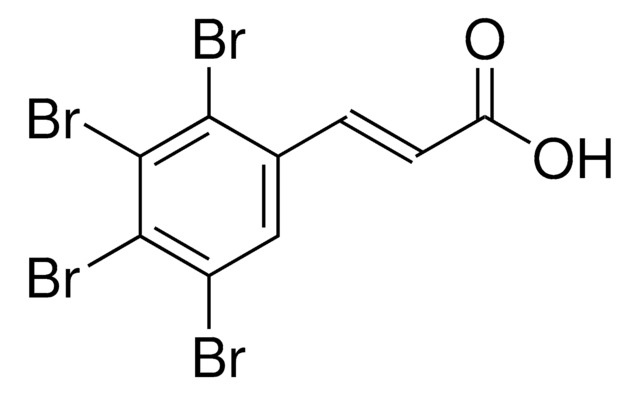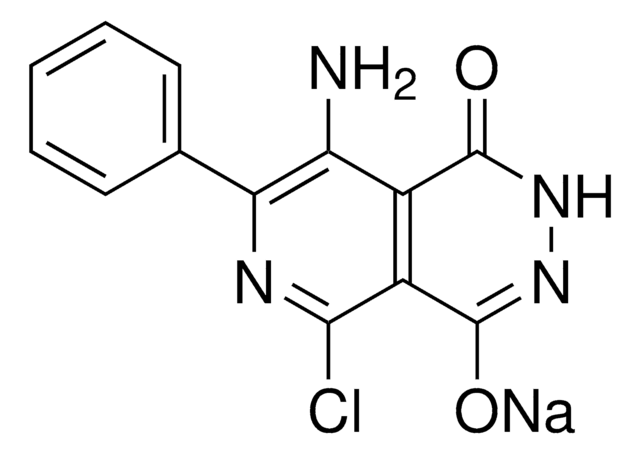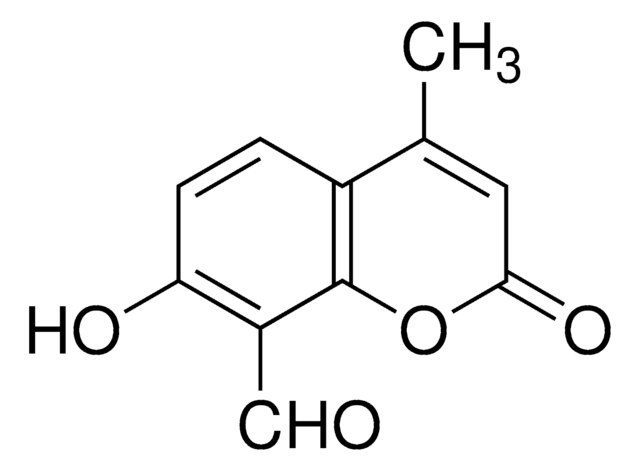Key Documents
B9647
(E)-5-(2-Bromovinyl)-2′-deoxyuridine
Synonim(y):
BVdU
About This Item
Polecane produkty
Postać
powder
Poziom jakości
temp. przechowywania
2-8°C
ciąg SMILES
O=C(C(/C=C/Br)=CN1[C@H]2C[C@H](O)[C@@H](CO)O2)NC1=O
InChI
1S/C11H13BrN2O5/c12-2-1-6-4-14(11(18)13-10(6)17)9-3-7(16)8(5-15)19-9/h1-2,4,7-9,15-16H,3,5H2,(H,13,17,18)/b2-1+/t7-,8+,9+/m0/s1
Klucz InChI
ODZBBRURCPAEIQ-PIXDULNESA-N
informacje o genach
human ... HV1S(3365)
Zastosowanie
- as a substrate for thymidine kinase 1 to study its effects on cancer cells by a dual-promoter integrator approach
- as a bromovinyl nucleoside analog to study its effects on varicella-zoster virus replication in a mouse model
- as a nucleoside analog prodrug to study its effects on transduced cells
Działania biochem./fizjol.
Kod klasy składowania
11 - Combustible Solids
Klasa zagrożenia wodnego (WGK)
WGK 3
Temperatura zapłonu (°F)
Not applicable
Temperatura zapłonu (°C)
Not applicable
Środki ochrony indywidualnej
Eyeshields, Gloves, type N95 (US)
Certyfikaty analizy (CoA)
Poszukaj Certyfikaty analizy (CoA), wpisując numer partii/serii produktów. Numery serii i partii można znaleźć na etykiecie produktu po słowach „seria” lub „partia”.
Masz już ten produkt?
Dokumenty związane z niedawno zakupionymi produktami zostały zamieszczone w Bibliotece dokumentów.
Nasz zespół naukowców ma doświadczenie we wszystkich obszarach badań, w tym w naukach przyrodniczych, materiałoznawstwie, syntezie chemicznej, chromatografii, analityce i wielu innych dziedzinach.
Skontaktuj się z zespołem ds. pomocy technicznej








